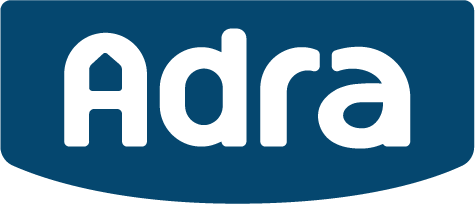PIV Ventilation System
A Positive Input Ventilation (PIV) system improves the quality of air within your home and reduces the levels of halogens.
How it works
The PIV system circulates fresh air through your home.
The system also makes sure that no damp or halogens develop; this could cause damage to your home and everyone that lives in it.
So, there are benefits to both tenants and building.
Why install a PIV unit
Decarbonising our homes is very important to us.
This is why we are making several improvements to our homes to make them more energy efficient, things such as:
- Installing new double-glazed windows and doors
- Cavity wall insulation
- Insulating the attic
All these improvements can lead to less natural ventilation, which means that the airflow needs a helping hand.
A PIV system can do this.
We install a motorised unit in your loft, that have air grilles located at ceiling level.
This will draw air from the loft, filter it of impurities and pollutants, and use positive pressure to circulate the air throughout the home.


The warm air in a home will gather at ceiling level, this can be up to 7°C higher than the air at floor level.
The PIV unit helps to move this air around the home. Also, by installing a Positive Input Ventilation (PIV) system and providing fresh filtered air into the home, it removes humid air is displaced without opening windows.
Most of these units have a built-in heating element which warms the air supplied into the property should the air intake fall below 10°C.
Running Costs
Different models are used in our homes, in this case we’ll look at a heating element that uses 500 Watt.
A 500W heater uses 1kw of electricity for every 2 hours that it runs.
There are several factors that affect the exact running time of the heater, so we can’t get an exact figure.
The heater will only run when it needs to.
The PIV systems we install run on a very low power motor.
When the fan runs at speeds 1 or 2 or ‘trickle or medium’ speed, the heater is off.
This is the same as:
- 96 watt – daily use
- 35 kW – annual use
To calculate your annual running costs, you’ll need to multiply the price that you pay for every kilowatt hour of electricity (found on your bill) with 35. For example, if you are paying 30p per kWh for electricity, your annual cost would be;
- 0.3 x 35 = £10.50 per year.


It’s important to maintain the PIV systems to make sure they are running as they should.
Here are details on these maintenance tasks and how often they should happen.
| Task | Frequency | Responsibility |
| Ensure that the ceiling is free of dust and debris | As required – recommend weekly visual. | Tenant |
| Report any operating issues (which may include a sudden increase in noise over a long period of time etc) | As soon as possible once known. | Tenant |
| Respond to reports of problems with the PIV system | This depends on the availability of our staff | Adra |
| Scheduled check on the electrical connection to PIV systems together with a filter clean/replacement | Every 5 years and/or when property becomes empty | Adra |
| Replacement of PIV systems | Every equipment has a lifespan, we will keep to this or if new technology becomes available. | Adra |
If you’d like an assessment of your PIV unit to ensure that this is still the correct solution for your home, you can make a request for a Property Surveyor to visit your home.
